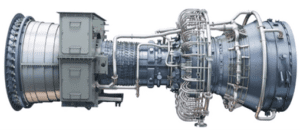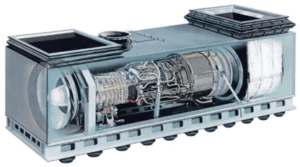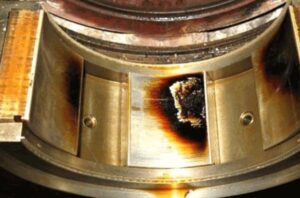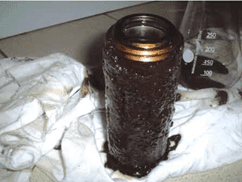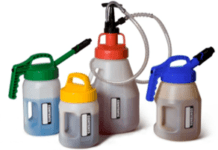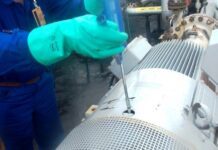
Marcos Thadeu Lobo
Mechanical Engineer Graduated from the State University of Campinas (Unicamp). He currently works as an Associate Consultant at QU4TTUOR CONSULTORIA.
Lubricating oil for turbines
Lubricating oil for turbines – Stationary aero-derivative turbines powered by Compressed Natural Gas are widely used in Natural Gas compression stations, petrochemical plants, offshore oil extraction platforms, thermoelectric plants, etc. in the generation of electric energy in view of the versatility of generated power, which covers ranges from 12000 MW to 124000 MW, for being extremely compact equipment and for adapting very well in conditions of limited spaces.
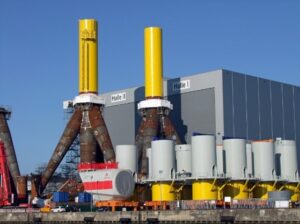
 Images 1/2 – Stationary aeroderivative turbines: electric power generation
Images 1/2 – Stationary aeroderivative turbines: electric power generation
For use in the lubrication of sleeve bearings of stationary aeroderivative turbines powered by Compressed Natural Gas, for use in electric power generation (eg ROLLS-ROYCE, GE, SOLAR, TURBOMECA), synthetic lubricating oils based on polyolester (POE) with the following levels of performance and properties:
- MIL-L-PRF-23699 G Class STD
- NATO Code: O-156
- DEF STAN 91-101 Issue 3 Amendment 1 OX-27/OX-28
- SAE AS5780 Class SPC
- Kinematic Viscosity ~ 25 cSt at 40 ºC
- Minimum General Clean Level: 15/13/10 ( ISO 4406:2021 – Hydraulic fluid power — Fluids — Method for coding the level of contamination by solid particles ) or NAS 4 (NAS1638:1964 – National Aerospace Standard)
Synthetic lubricating oils based on polyolester (POE) are used in the lubrication of stationary aeroderivative turbines powered by Compressed Natural Gas (CNG) because they have characteristics such as:
Images 3/4 – POE-based lubricating oils for use in stationary aeroderivative turbine sleeve bearings.
- High Viscosity Indices (IV): enable more robust lubricating films at service temperatures.
- Low Pour Points: makes it possible to start and operate equipment at very low ambient temperatures.
- Anti-wear features: additional protection of moving elements (eg plain bearings) in situations of borderline lubrication.
- Excellent resistance to thermo-oxidation: prevents the formation of sludges and varnishes.
- Low evaporation rate: reduces the consumption of lubricating oil.
Images 5/6 – POE: resistant to the formation of varnish and sludge




